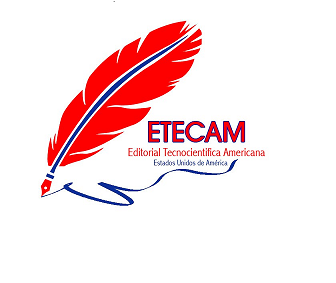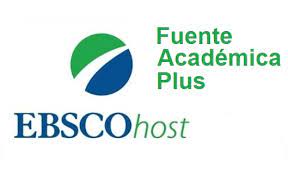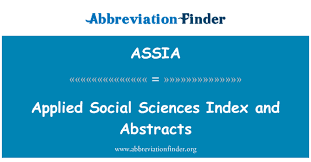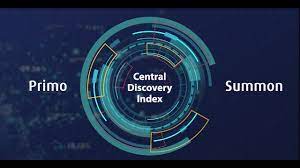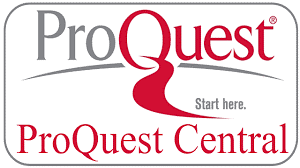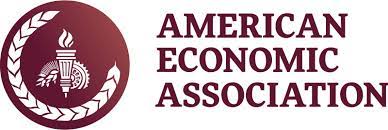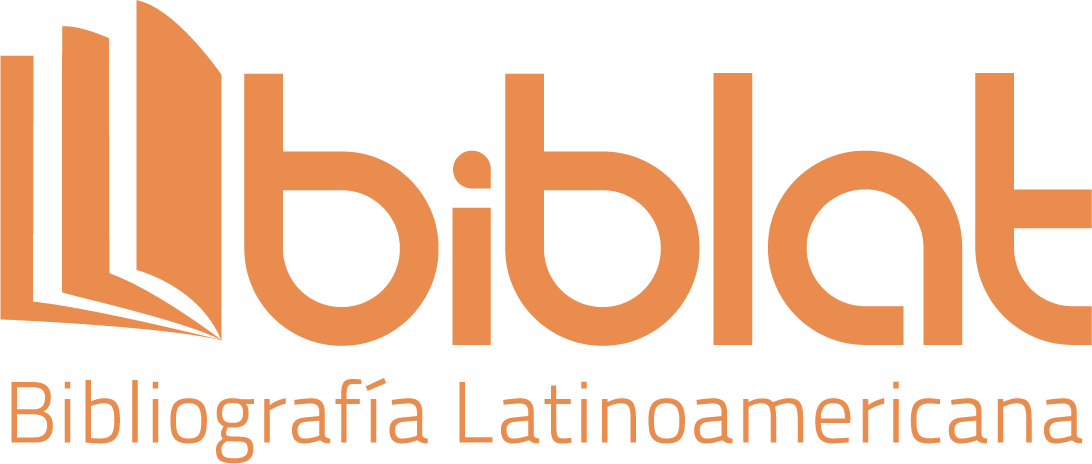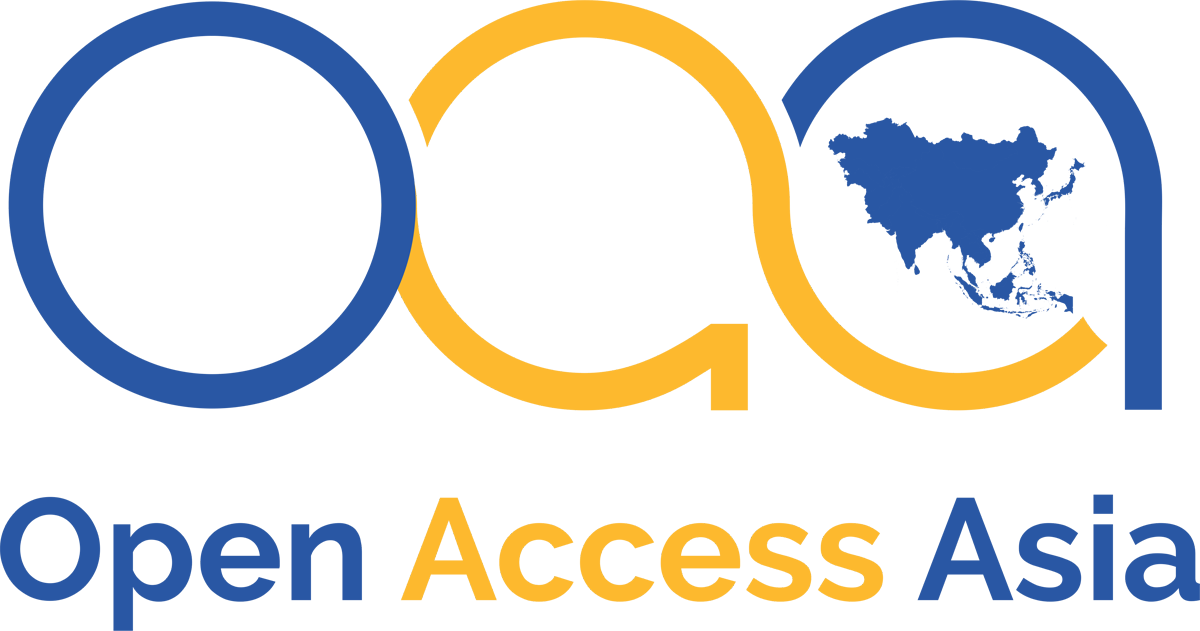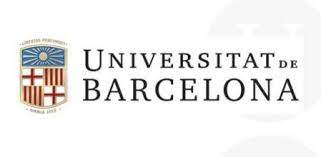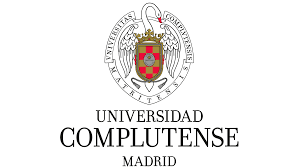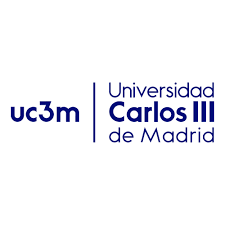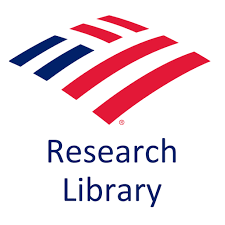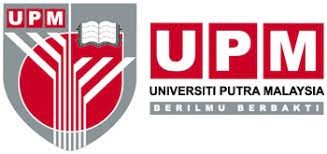Didactic strategy for the teaching-learning process of multiplicative combinations in the fourth year of EGB
DOI:
https://doi.org/10.51736/sa.v7iEspecial%203.261Keywords:
multiplicative combinations, teaching-learning, didactic strategy, games, mathematics.Abstract
The teaching-learning process of multiplicative combinations becomes a challenge. The objective of the study was to design teaching strategies for the teaching-learning process of multiplicative combinations of fourth-year students of Basic General Education. The methodology was based on the mixed approach, on descriptive, explanatory, or causal research, using bibliographic, statistical, and analytical – synthetic methods. The population was made up of 106 students, who participated in the application of the survey, in the two pretest and posttest study phases. The teaching strategy Play and learn multiplicative combinations was implemented through the implementation of six activities. A high percentage classified themselves as having a divergent learning style due to their preferences for or with creative and innovative activities. The students answered that teachers prefer the use of videos and online games. The results determined a significant association between the posttest and the benefits of the strategies in the teaching-learning process of multiplicative combinations when integrating creative, motivating, and innovative strategies. It is concluded that the proposal helped the development of school motivation and interest of students in learning mathematics by encouraging participation, technological resources, and recreational activities.
Downloads
References
Agaliotis, I., & Teli, A. (2016). Teaching Arithmetic Combinations of Multiplication and Division to Students with Learning Disabilities or Mild Intellectual Disability: The Impact of Alternative Fact Grouping and the Role of Cognitive and Learning Factors. Journal of Education and Learning, 5(4), 90. https://doi.org/10.5539/jel.v5n4p90
Aldas, F., & Pinos, J. (2021). Estudiantes de Educación Básica con Bajo Rendimiento en Matemática y su entorno familiar. Polo Del Conocimiento, 6(6), 569–585.
Bedregal, N., & Tupacyupanqui, D. (2018). Integración de metodologías activas y aula virtual en los procesos enseñanza-aprendizaje de Matemática Discreta. LACCEI International Multi-Conference for Engineering, Education and Technology, 16, 19–21.
Bettinger, E., Ludvigsen, S., Rege, M., Solli, I. F., & Yeager, D. (2018). Increasing perseverance in math: Evidence from a field experiment in Norway. Journal of Economic Behavior and Organization, 146, 1–15.
Blum, W., Artigue, M., Mariotti, A., Sträßer, R., & Van Den, M. (2016). Chapter 1. European Didactic Traditions in Mathematics: Introduction and Overview. In European Traditions in Didactics of Mathematics (pp. 1–10).
Boaler, J. (2022). Mathematical Mindsets: Unleashing Students’ Potential through Creative Mathematics, Inspiring Messages and Innovative Teaching (Segunda). John Wiley & Sons.
Bravo, A., & Suástegui, S. (2022). Herramientas Digitales para el Desarrollo de la Motivación en el Aprendizaje de Matemática del Nivel Básico Superior. Polo Del Conocimiento, 7(6), 372–397. https://doi.org/10.23857/pc.v7i6.4078
Breda, A., Seckel, M. J., Farsani, D., da Silva, J. F., & Calle, E. (2021). Teaching and learning of mathematics and criteria for its improvement from the perspective of future teachers: A view from the ontosemiotic approach. Mathematics Teaching-Research Journal, 13(1), 31–51.
Brousseau, G. (1989). La tour de Babel. Etudes en Didactique des Mathématiques. Article occasionnel. IREM de Bordeau.
Dinuta, N. (2013). Didactic Strategies used in Teaching – Learninig of Premathematical Operations in Preschool Education. Procedia - Social and Behavioral Sciences, 76, 297–301.
Godino, J. D., Batanero, C., & Font, V. (2019). The onto-semiotic approach: Implications for the prescriptive character of didactics. For the Learning of Mathematics, 39(1), 38–43.
Ilukena, A., Utete, C., & Kasanda, C. (2020). Strategies Used by Grade 6 Learners in the Multiplication of Whole Numbers in Five Selected Primary Schools in the Kavango East and West Regions. International Education Studies, 13(3), 65.
Ineval. (2018). Resultados de PISA para el Desarrollo. In Educación en Ecuador. Instituto Nacional de Evaluación Educativa.
Jitendra, A. K., Dougherty, B., Sanchez, V., Harwell, M. R., & Harbour, S. (2023). Building Conceptual Understanding of Multiplicative Reasoning Content in Third Graders Struggling to Learn Mathematics: A Feasibility Study. Learning Disabilities Research and Practice, 0(0), 1–11.
Kirkebøen, L., Gunnes, T., Lindenskov, L., & Rønning, M. (2021). Didactic methods and small-group instruction for low-performing adolescents in mathematics: Results from a randomized controlled trial. In Discussion Papers (Issue 957). Statistics Norway, Research Department, Oslo.
Kollosche, D. (2018). Social functions of mathematics education: a framework for socio-political studies. Educational Studies in Mathematics, 98. https://doi.org/10.1007/s10649-018-9818-3
Londoño, C. (2019). Según Jean Piaget, estas son las 4 etapas del desarrollo cognitivo. Elige Educar.
Mulvahill, E. (2023). 50 Fun Hands-On Activities and Games To Teach Multiplication. We Are Teachers.
Navarro, L., & Cuevas, O. (2021). The impact of a didactic strategy using technology to strengthen the learning of mathematics. Journal of Education and E-Learning Research, 8(1), 90–96.
Pitta-Pantazi, D., & Leikin, R. (2018). Chapter 9. Mathematical potential, creativity and talent. In T. Dreyfus, M. Artigue, D. Potari, S. Predige, & K. Ruthven (Eds.), Developing Research in Mathematics Education. Twenty years of communication, cooperation and collaboration in Europe. Routledge.
Powell, S., Fuchs, L., & Fuchs, D. (2011). Number Combinations Remediation for Students with Mathematics Difficulty. NIH Public Access, 37(2), 11–16.
Rodríguez, C. R., & Padilla, G. B. (2020). ¿Cómo nos va en Matemáticas?: La calidad de la influencia de pares y la predisposición personal hacia el aprendizaje en un contexto de segmentación socioeducativa. Educacion Matematica, 32(1), 132–156.
Ruiz, J., Alanya, J., Ochoa, F., Poma, C., Perez, E., Alvarez, F., Genoveva, L., Virú, R., & Privada, U. (2023). Learning Mathematics Through Virtual Environments In Elementary School Students. Journal of Namibian Studies, 3s(S3), 1279–1297.
Steiner, H.-G. (1985). Theory of Mathematics Education (TME): An Introduction. For the Learning of Mathematics, 5(2), 11–17.
UNESCO. (2019). Estudio Regional Comparativo y Explicativo (ERCE 2019). In Reporte Nacional de Resultados (pp. 7823–7830). UNESCO.
Vargas-Hernández, J. G., & Vargas-González, O. C. (2023). Didactic Strategies for Meaningful Learning. IGI global.
Vargas, E. D., Gallego, A. M., Peláez, O. A., & Arroyave, L. M. (2020). El juego como estrategia pedagógica para la enseñanza de las matemáticas: retos maestros de primera infancia. Infancias Imágenes, 19(2). https://doi.org/10.14483/16579089.14133
Videla, R., Muñoz, C., & Aguayo, C. (2022). Online Mathematics Education during the COVID-19 Pandemic: Didactic Strategies, Educational Resources, and Educational Contexts. Education Sciences, 12(7), 492.
Vílchez-Quesada, E. (2019). Estudio de caso: Estrategia de enseñanza y aprendizaje asistida por computadora para un curso de matemática discreta a través del uso del paquete VilCretas en el software Wolfram Mathematica. Revista Electrónica Educare, 23(2), 1–25. https://doi.org/10.15359/ree.23-2.13
Whyte, A. (2021). 4 Fun Multiplication Games for Students. Buzzzmath.
Published
How to Cite
Issue
Section
License
Copyright (c) 2024 Catalina de Rocío Palacios Vivar, María Eugenia Albarracín Torres, Arian Vázquez Álvarez, Wilber Ortiz Aguilar

This work is licensed under a Creative Commons Attribution-NonCommercial-ShareAlike 3.0 Unported License.













